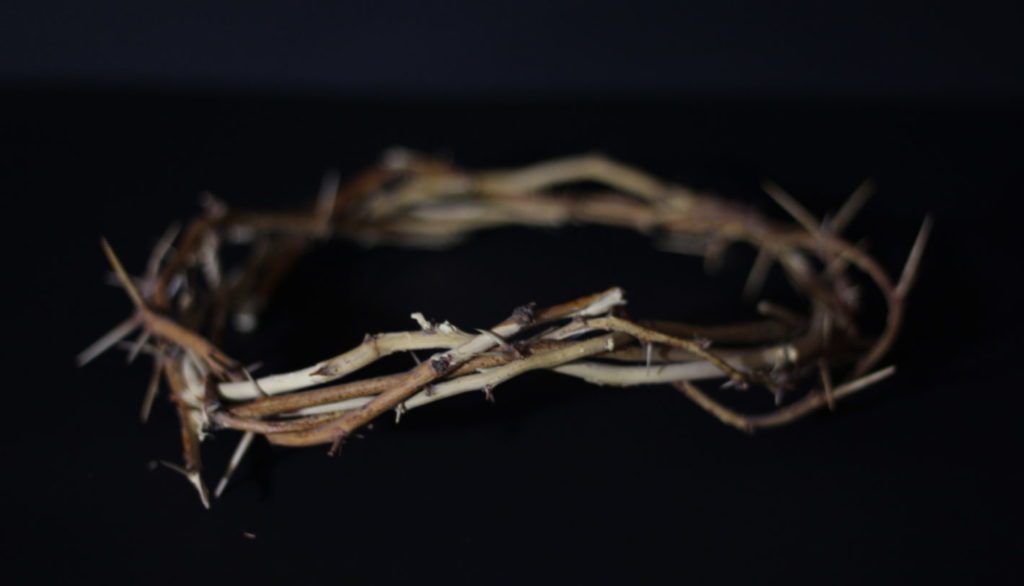We learn from Sacred Scripture that Roman soldiers placed a crown of thorns on Jesus' head during his passion. Specifically, in the canonical Gospels of Matthew (27:29), Mark (15:17) and John (19:2).
What is the crown of thorns? Gospel story and popular piety
The Messiah, sentenced to death, handed over to the soldiers, was scourged and then crowned with thorns. In these passages is mocked by his executioners with insulting phrases referring to his kingship: "Hail, king of the Jews," they will shout. And of course, a king deserves a crown, but in the case of the one who claimed to be king of the Jews, condemned to die, the soldiers humiliated and wounded him by making a crown with thorns and thrusting it on his head.
As a practice of piety, in the recitation of the holy rosary there is a mystery, the third of those of sorrow, dedicated to this passage. In addition, in the pious custom of the recitation of the Stations of the Cross this scene is also found as the sixth station.
What exactly does the crown of thorns of Notre Dame consist of? Where is it preserved? And its thorns?
The relic consists of a circumference of intertwined branches or reeds, 21 cm in diameter. It is preserved in the Notre Dame CathedralIn Paris, in a glass tube, without the thorns that accompanied it, as these were distributed over the centuries as partial relics of the crown.
As early as the 5th century there are references to the crown in Jerusalem, locating it a century later in the basilica of Sion, and being transferred in the 7th century to Constantinople in the midst of the Persian invasion.
On the occasion of the economic crisis of the 10th century, it seems that the crown passed into the hands of Venetian moneylenders, until it returned to the French monarchy. From the Sainte Chapelle, where it was deposited in the 13th century, it passed to the National Library of France during the French Revolution, and already in the 19th century it became the property of the Church and was finally deposited in the cathedral of Notre Dame, where by the way in 2019 it was saved from a fire that devastated much of the Parisian cathedral.
According to several studies, the thorns could come from different plants, among which we would highlight the azofaifo, the pimpernel thorn or the blackthorn.
As the thorns inserted into the crown are fragmented, each one of them is considered a relic of a lower category, since the first category - so to speak - would be those of Jesus that are preserved whole - analyzed in previous fascicles - or the pieces of the body of the saints.
The thorns are scattered all over the world, as we said, and the sum of all of them would reach 700, of which 140 are in Italy. In Rome about 20 receive public veneration, including the one in St. Peter's Basilica and St. John Lateran.
It is difficult to date the origin of most of the thorns, for example, those found in the monastery of El Escorial or in the cathedral of Barcelona, in Spain. Not so the one that is venerated in the monastery of Santa María de la Santa Espina, in Valladolid, as it is documented that it was a gift received by the infanta-queen Sancha Raimúndez from the king of France at the beginning of the 12th century, as it is recorded in the Cistercian monastery that the king founded to ensure its veneration.
Up to this point in the series of brief periodic articles that we have been publishing on some relevant aspects of certain relics of Our Lord. Their purpose? To get to know Jesus Christ, his life and person, a little better. And, above all -because this is what we can do here in this life- to treat him with greater devotion, through those holy relics that tradition and popular piety have given us and for which we can only be grateful and seek their veneration and better preservation.








